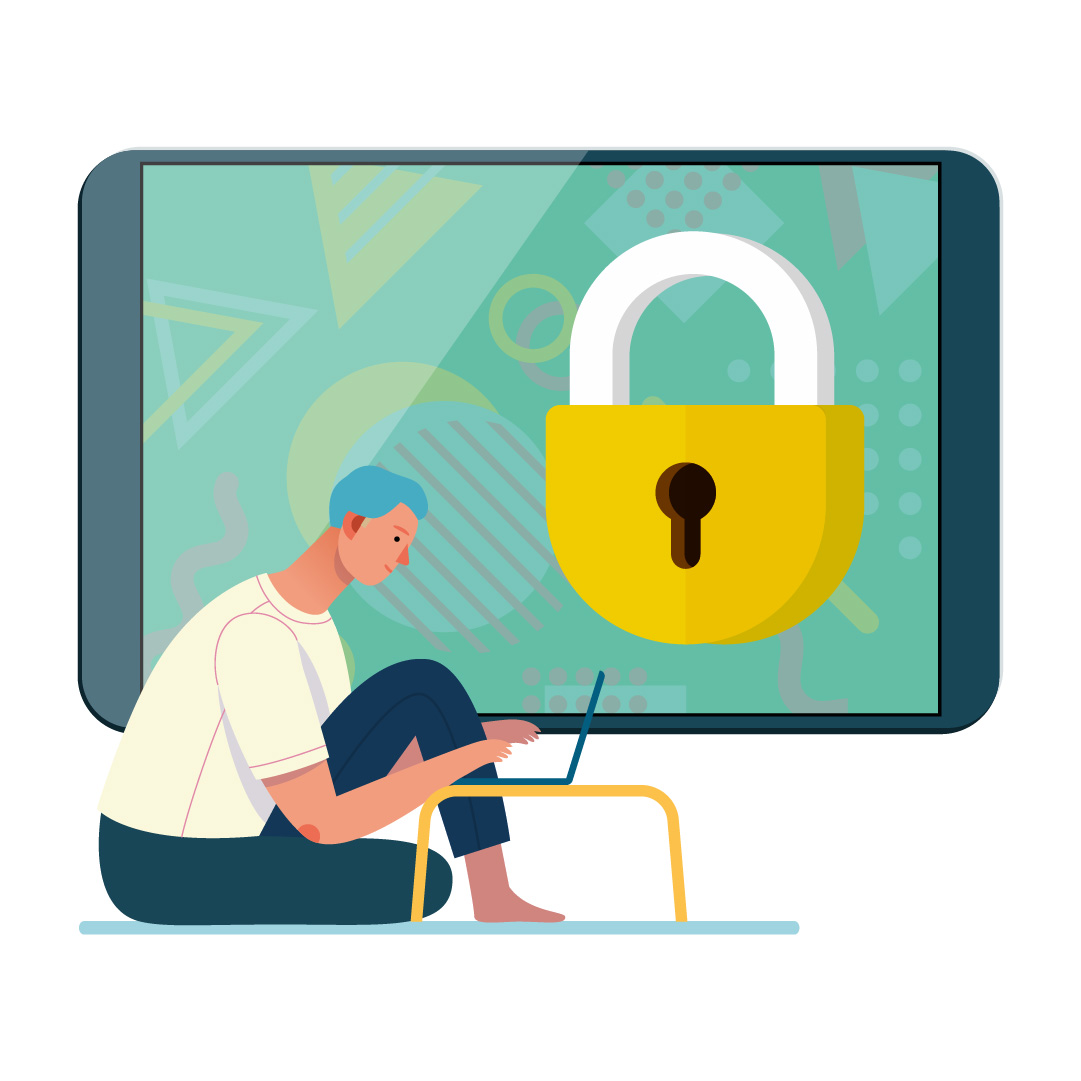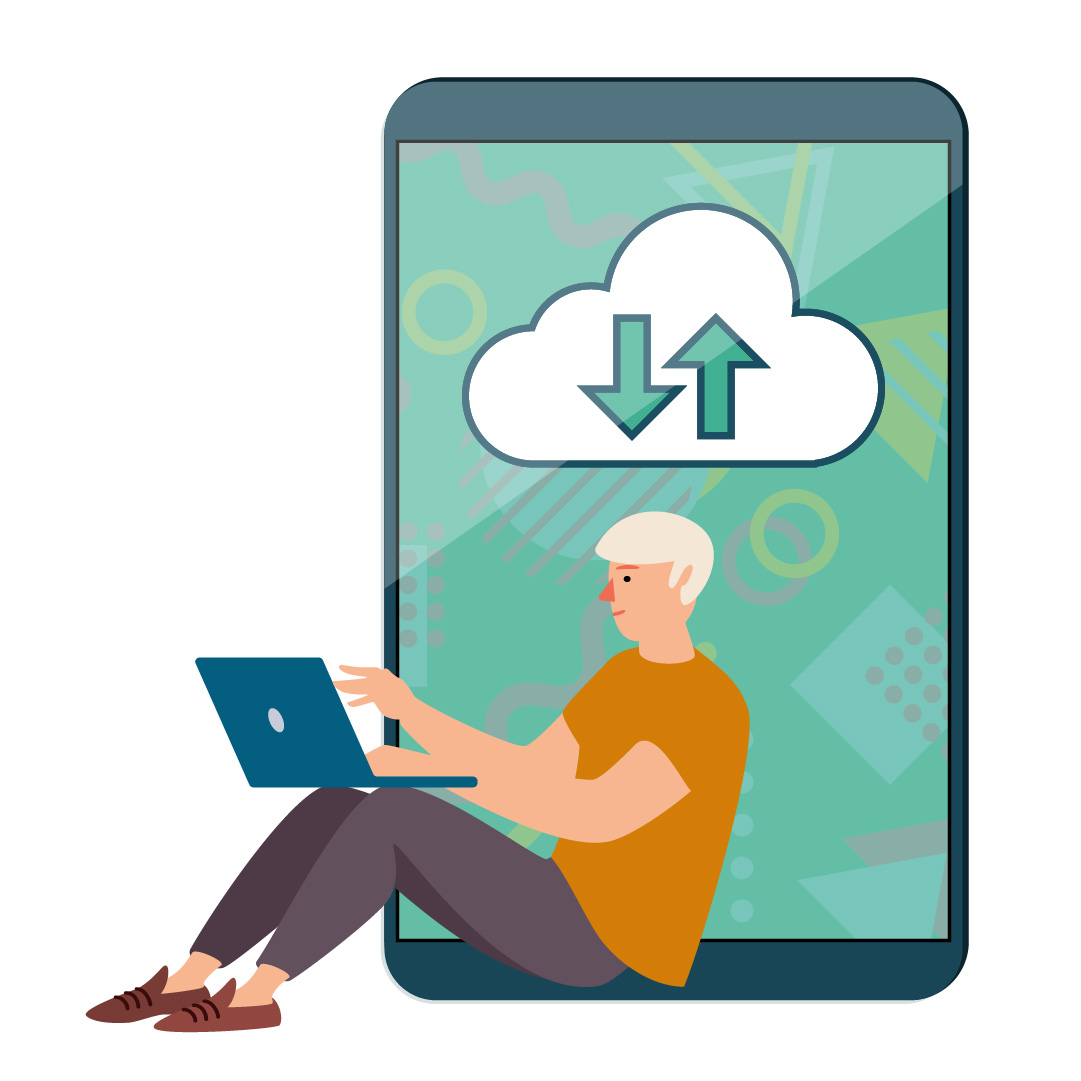Getting back to school and work securely
Originally published September 8, 2020
Safety of your data and information is critical. Whether you’re attending class, working from home, teaching a class or conducting research, keep your information safe by securing your workspace with these tips.
 1. Secure your personal computer
1. Secure your personal computer
Stay up-to-date with patches/fixes/updates (including security, operating system and antivirus updates) in order to keep your system in the best shape possible to avoid cyber attacks.
Learn more about Securely Working from Home.
2. Password protect everything
Give every device a secure password, no matter what. Choose a password that is at least eight to ten characters long and consists of a mix of numbers, special characters, and upper and lowercase letters. Do not use the same password for multiple accounts and never disclose your password to anyone. A simple solution that can add an additional layer of security is to use a password manager.
Learn more:
Tips on Creating a Secure Password
How a Password Manager Keeps You Safe… and Sane
 3. Encrypt your hard drive
3. Encrypt your hard drive
Encryption converts the information stored on your hard drive into unintelligible text. It ensures that if someone does break or bypass your password, the information on your computer cannot be read.
Learn more: Encryption
4. Secure your home router and WiFi
Whether you’re working from home, or completing your assignments from the comfort of your couch, it’s critical to secure your router and WiFi at home. Insecurely configured home routers can lead to eavesdropping and/or attackers gaining remote control of your home computing devices. Follow key security safeguards such as changing the default router password and using Wi-Fi Protected Access 2 (WPA2).
Learn more: Router Security: How to Setup Your Wi-Fi Router Securely
 5. Backup your important files
5. Backup your important files
Cloud-native tools like Google Workspaces' Docs, Sheets and Slides keep changes automatically saved. But what about all your other files that you’ve stored on your computer? One spill of that latte and all your work could be gone. Note that a standalone computer or external hard drive should not be the primary data storage repository for university records and information. The primary repository needs to be a university-standard data repository like a university network file-share or your Google Drive. These university-standard repositories have enterprise-level data backup management in place.
6. Understand relevant policies
As a member of the University of Alberta community, you are entrusted with using and managing information technology resources responsibly, respectfully and in a manner that reflects high ethical standards, mutual respect and civility, in accordance with the university’s Information Management & Information Technology Policies.
Looking for more? Check out these additional resources: